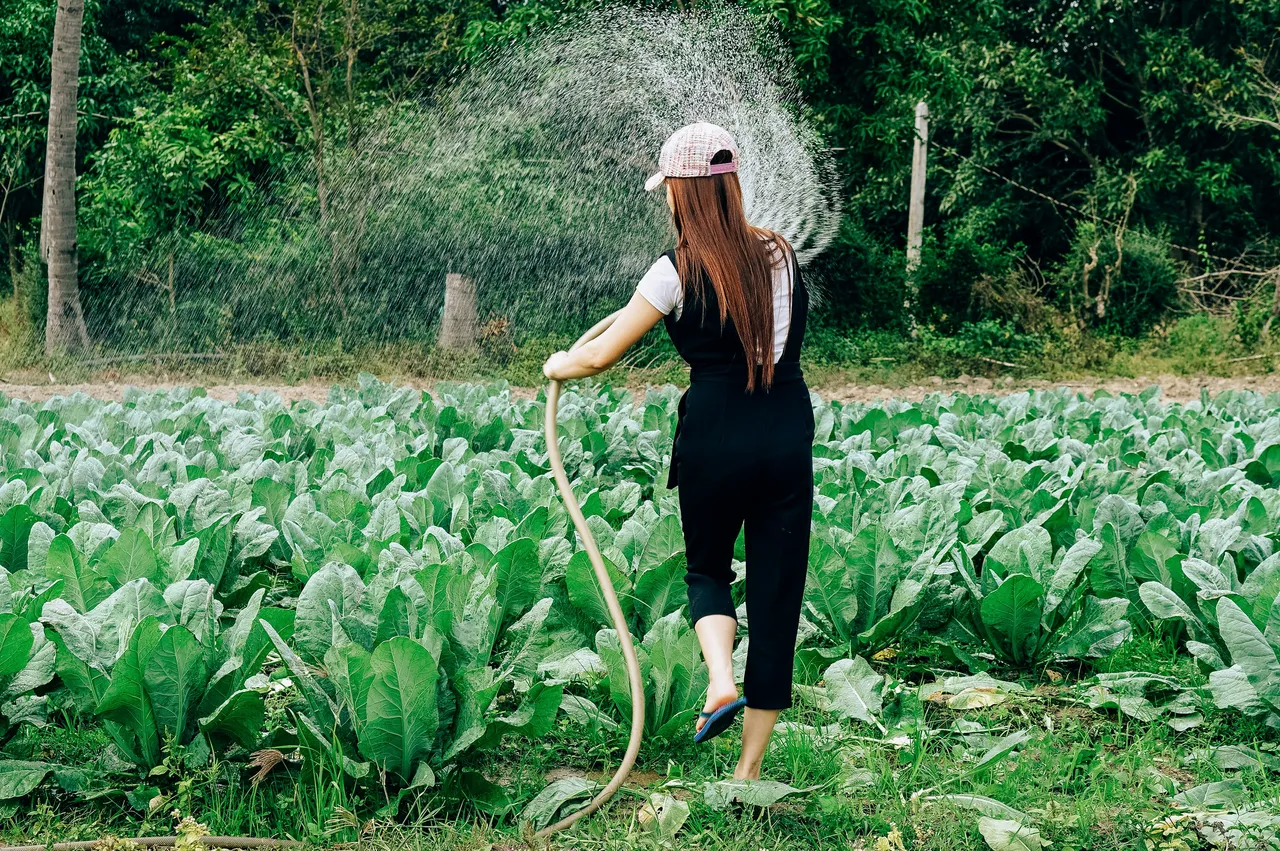
Image info
Transform Your Home: Essential Tips for Thriving Indoor Gardens
Indoor gardening is more than just a trend. It’s a rewarding hobby that allows you to bring nature into your home, no matter your living situation. If you reside in a cozy apartment or a spacious house, creating your personal green sanctuary can enhance your environment, improve air quality, and boost your mental well-being. Many beginners face challenges like limited natural light or uncertainty about plant care. This guide offers practical tips to help you start your indoor gardening journey and cultivate a thriving indoor garden that fits your lifestyle.
Selecting Your Perfect Green Companions
When starting your indoor garden, choosing the right plants is vital. Here are some beginner-friendly options known for their resilience and ease of care.
The Snake Plant (Sansevieria) thrives on neglect and can survive in low light. It requires minimal watering, making it perfect for beginners. You can learn more about Snake Plants here. Allow the soil to dry out completely between waterings to prevent root rot.
Pothos (Epipremnum aureum) features beautiful trailing vines and tolerates low light conditions. It’s a popular choice for new plant owners. For more information about pothos, check this link. Trim the vines regularly to encourage bushier growth.
Aloe Vera is not only easy to care for but also has medicinal properties. It thrives in bright light and requires little water. For more insights, visit Planting Tree. Water every 2-3 weeks, allowing the soil to dry out completely between waterings.
The ZZ Plant (Zamioculcas zamiifolia) is very low maintenance and can survive in low light. More information can be found at Easy Plant. Water sparingly. This plant prefers to be on the dry side.
Spider Plant (Chlorophytum comosum) is resilient and can thrive in various environments. It is also easy to propagate. More details can be found at Swanson's Nursery. Keep the soil slightly moist, but avoid overwatering.
Creating a Space for Your Indoor Garden
Maximizing your space is important, especially if you have limited room. To create an inviting indoor garden, consider vertical gardening techniques. Utilize wall-mounted pots and shelves to save floor space while adding greenery to your walls.
Designate a specific area in your home for your plants. This could be a windowsill, a shelf, or even a corner of your living room. Ensure it receives adequate light and is easily accessible for maintenance.
Combine different plant types and sizes to create an aesthetically pleasing display. Use decorative pots that complement your home decor.
Essential Tools and Supplies
Having the right tools can make indoor gardening much easier. Here are some essentials you’ll need:
A good-quality watering can with a long spout is vital for direct watering without spilling. Look for one that allows for precision watering. You can find these at local garden centers or online retailers.
A plant mister is effective for increasing humidity around your plants, which is especially beneficial for tropical species.
Pruning shears are necessary for maintaining the health of your plants. They allow you to make precise cuts and promote proper growth.
A potting tray makes the repotting process easier and helps keep your area tidy.
A moisture meter helps monitor the moisture levels in the soil, preventing over-watering or under-watering.
Plant Care Basics
Caring for your indoor plants is important for their health and longevity. Here are some basic care tips:
Keep the potting soil moist but not soggy. Check the soil regularly and water when it feels dry to the touch.
Different plants have varying light requirements. Ensure your plants are placed in areas that meet their specific needs. This can be bright, indirect light or low light.
Regular feeding is important for plant health. Use a balanced fertilizer during the growing season to provide essential nutrients.
Maintaining Your Indoor Garden
Maintaining your indoor garden throughout the year requires some adjustments based on the seasons. During winter, many plants require less water and may benefit from grow lights to compensate for reduced natural light. In spring, as plants enter their active growth phase, increase watering and fertilization.
Keep an eye out for common indoor pests like spider mites and aphids. Regularly inspect your plants and treat any infestations promptly.
Creating a Green Sanctuary
The mental and emotional benefits of having an indoor garden are significant. Engaging with plants can reduce stress levels and improve mood. Spending time with plants encourages mindfulness and relaxation.
The presence of greenery can boost creativity and productivity, making it an excellent addition to workspaces. Watching your plants grow and thrive can foster a sense of achievement and connection to nature.
Conclusion
Indoor gardening is a fulfilling hobby that can transform your living space into a vibrant green sanctuary. By choosing the right plants, creating a suitable environment, and following essential care tips, you can cultivate a thriving indoor garden that enhances your well-being. Begin your indoor gardening journey today and explore more tips on New Garden Tips to help you along the way!
This article was developed using available sources and analyses through an automated process. We strive to provide accurate information, but it might contain mistakes. If you have any feedback, we'll gladly take it into account! Learn more

